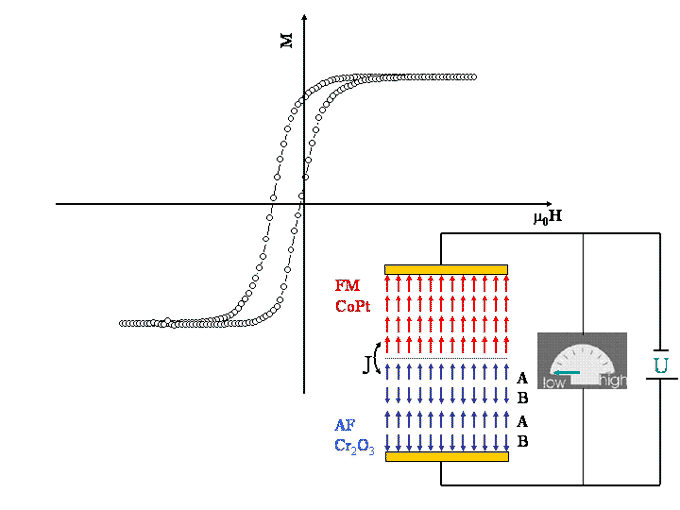Authors
Christian Binek, University of Nebraska-LincolnFollow
T. Kato, Laboratorium f¨ur Angewandte Physik, Gerhard-Mercator-Universit¨at, 47048 Duisburg, Germany
Wolfgang Kleemann, Laboratorium f¨ur Angewandte Physik, Gerhard-Mercator-Universit¨at, 47048 Duisburg, GermanyFollow
O. Petracic, Laboratorium f¨ur Angewandte Physik, Gerhard-Mercator-Universit¨at, 47048 Duisburg, Germany
D. Bertrand, Laboratoire de Physique des Solides, INSA, 31077 Toulouse Cedex, France
F. Bourdarot, Institut Laue Langevin (ILL), 38042 Grenoble Cedex 9, France
P. Burlet, Institut Laue Langevin (ILL), 38042 Grenoble Cedex 9, France
H. Aruga Katori, The Institute of Physical and Chemical Research (RIKEN), Wako, Saitama 351-01, Japan
K. Katsumata, The Institute of Physical and Chemical Research (RIKEN), Wako, Saitama 351-01, Japan
K. Prokes, Hahn-Meitner-Institut (HMI), 14109 Berlin, Germany
S. Welzel, Hahn-Meitner-Institut (HMI), 14109 Berlin, Germany
Date of this Version
12-6-1996
Abstract
In order to clarify the nature of the additional phase transition at H1 (T) < Hc (T) of the layered antiferromagnetic (AF) insulator FeBr2 as found by Aruga Katori et al. (1996) we measured the intensity of different Bragg-peaks in different scattering geometries. Transverse AF ordering is observed in both AF phases, AFI and AFII. Its order parameter exhibits a peak at T1 = T (H1) in temperature scans and does not vanish in zero field. Possible origins of the step-like increase of the transverse ferromagnetic ordering induced by a weak in-plane field component when entering AFI below T1 are discussed.



Comments
Published by EDP SCiences. Copyright 2000. Permission to use. Eur. Phys. J. B 15, 35 (2000).